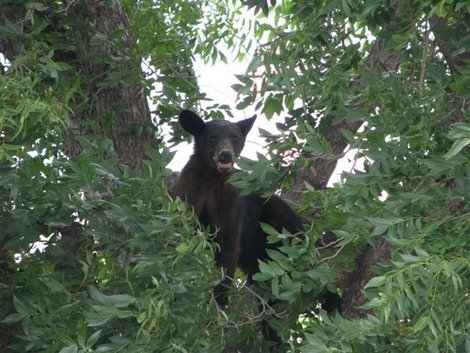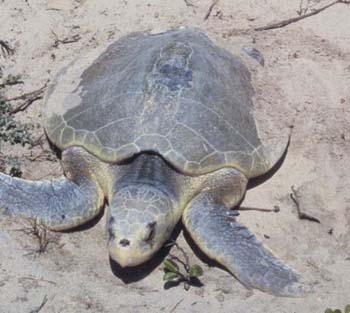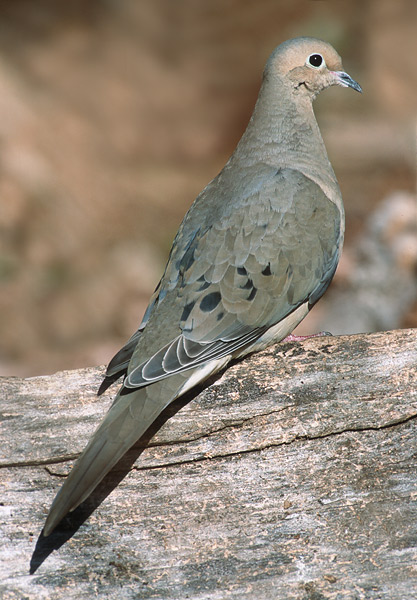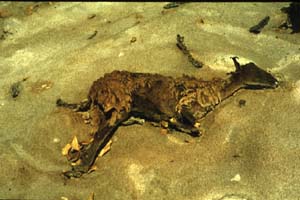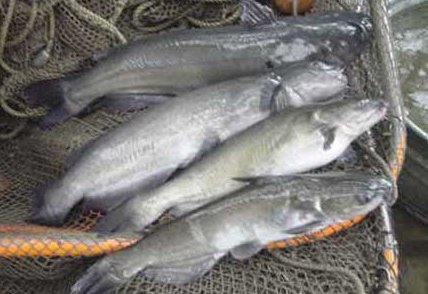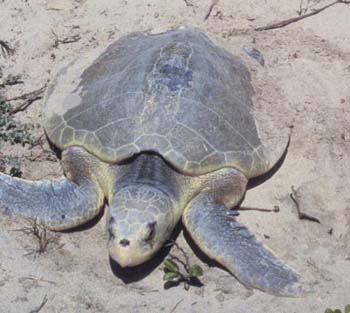
With the Panhandle targeted for increased wind power development, many landowners already have signed or are considering signing contracts with energy companies. But questions remain, especially about wildlife.
The Panhandle Wind and Wildlife Conference on Aug. 8-9 at the Ambassador Hotel in Amarillo is aimed at answering some of those questions. The event is being organized by the Texas AgriLife Extension Service, Texas Parks and Wildlife and Texas Wildlife Association.
Ken Cearley, AgriLife Extension wildlife specialist, said Texas leads the nation in wind power development according to the American Wind Energy Association’s rankings report.
The Horse Hollow Wind Energy Center in Taylor and Nolan counties was the single largest wind farm in operation in the nation in 2007, Cearley said. With four of the five largest U.S. wind farms now located in Texas, it is necessary to study the impact on wildlife. Continue reading Workshop to Explore Wind Power Development and Effects on Wildlife
